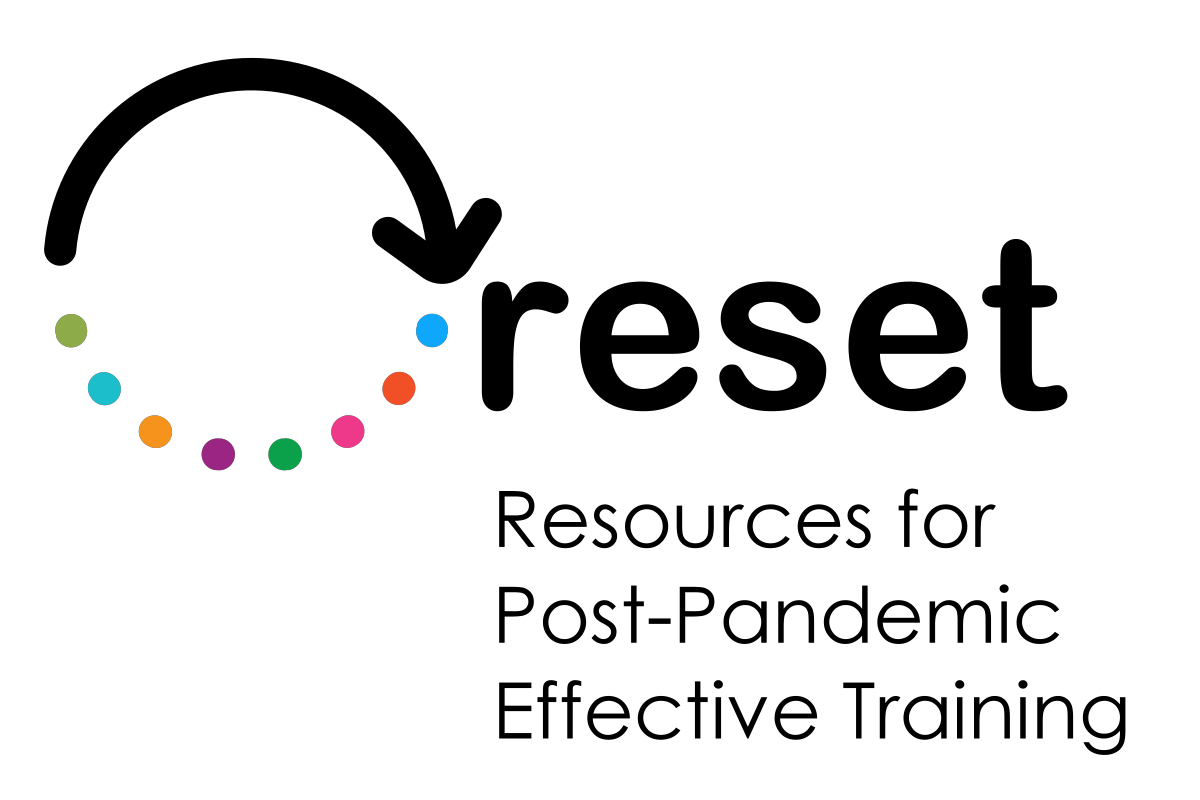 Autoevaluación
Autoevaluación

Palabras clave:
Estilos de aprendizaje, Facilitación, Roles
Objetivos:
Al final de la formación, el usuario podrá:
- Conocer los cuatro estilos de aprendizaje principales
- Entender el significado de facilitación y roles
Descripción:
Los estilos de aprendizaje se refieren a las diferentes formas en que los individuos absorben y procesan la información, y los cuatro estilos principales de aprendizaje son visuales, auditivos, de lectura/escritura y cinestésicos. Facilitar y los roles se refieren a las responsabilidades del instructor o facilitador en la entrega del curso y la gestión del proceso de aprendizaje.
Recursos:
(Harasim, 2017; Hiim & Hippe, 2012),(Garreta-Domingo et al., 2018), (Moodle.Org, n.d.), (Deci & Ryan, 2000), (Marsh & Rajaram, 2019), (Henriksen & Richardson, 2017)
Deci, E. L., & Ryan, R. M. (2000). The ‘What’ and ‘Why’ of Goal Pursuits: Human Needs and the Self-Determination of Behavior. Psychological Inquiry, 11(4), 227–268. https://doi.org/10.1207/S15327965PLI1104_01
Garreta-Domingo, M., Hernández-Leo, D., & Sloep, P. B. (2018). Education, Technology and Design: A Much Needed Interdisciplinary Collaboration. In E. Kapros & M. Koutsombogera (Eds.), Designing for the User Experience in Learning Systems (pp. 17–39). Springer International Publishing. https://doi.org/10.1007/978-3-319-94794-5_2
Harasim, L. M. (2017). Learning theory and online technologies (Second edition). Routledge, Taylor & Francis Group.
Henriksen, D., & Richardson, C. (2017). Teachers are designers: Addressing problems of practice in education. Phi Delta Kappan, 99(2), 60–64. https://doi.org/10.1177/0031721717734192
Hiim, H., & Hippe, E. (2012). Undervisningsplanlægning for faglærere (2. udgave, 7. oplag). Gyldendal.
Marsh, E. J., & Rajaram, S. (2019). The digital expansion of the mind: Implications of internet usage for memory and cognition. Journal of Applied Research in Memory and Cognition, 8(1), 1–14. https://doi.org/10.1016/j.jarmac.2018.11.001
Moodle.org. (n.d.). Retrieved 20 December 2022, from https://moodle.org/
